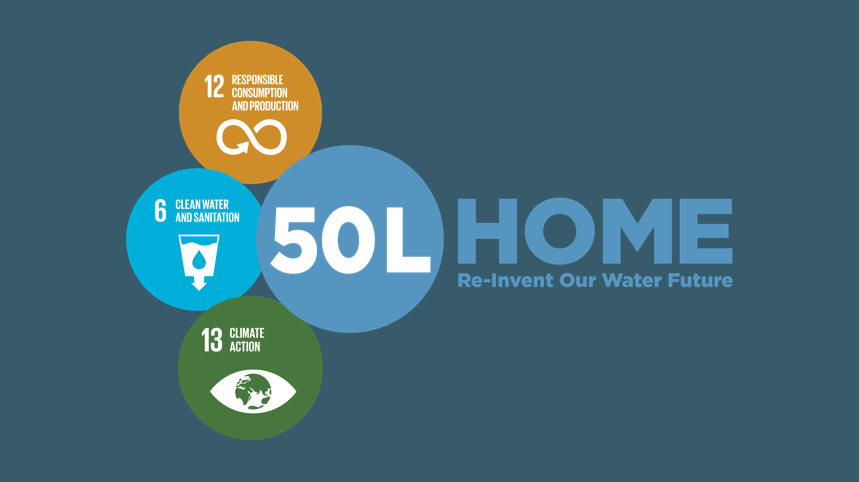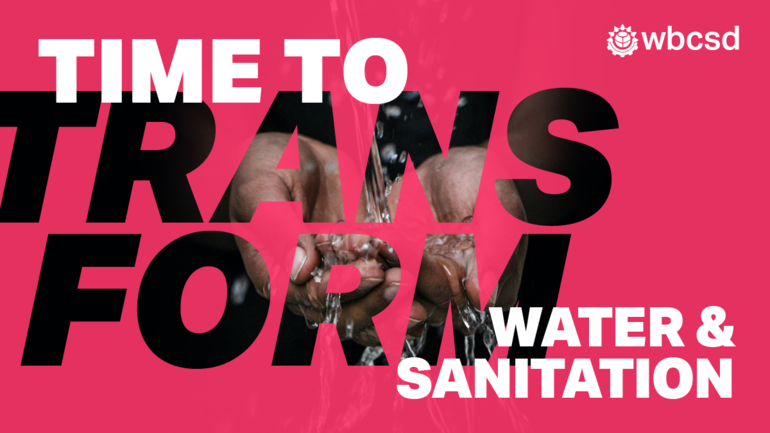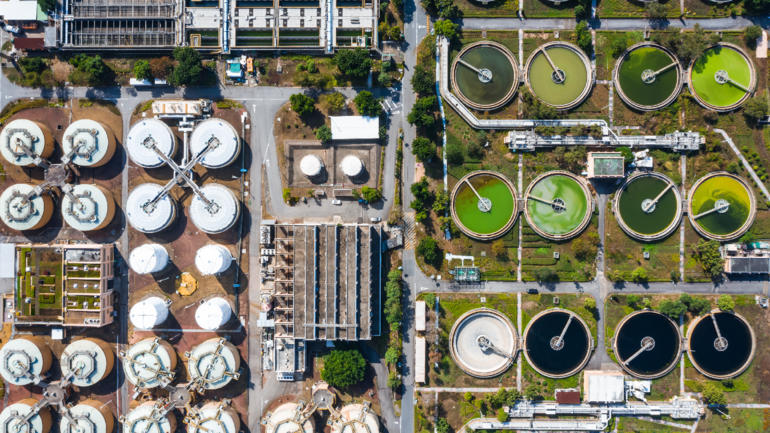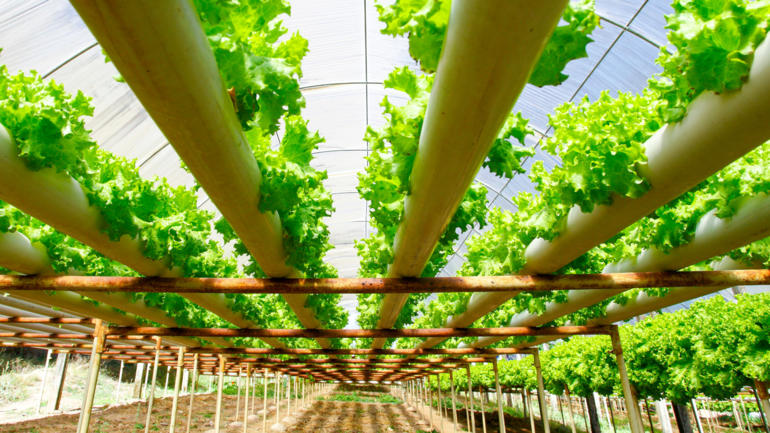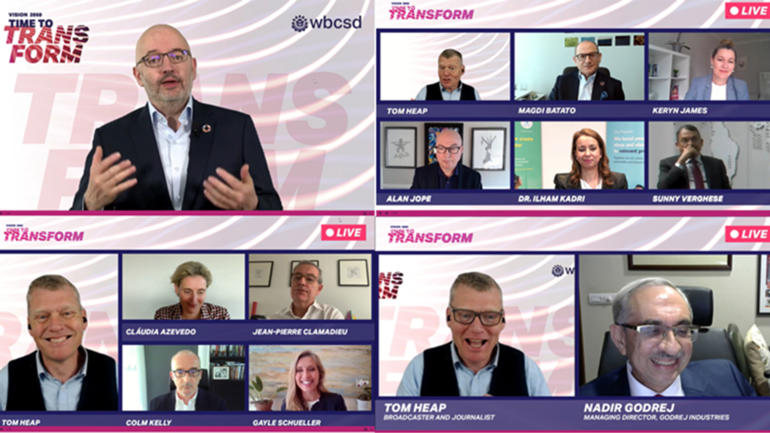Water crisis is an increasing global risk with 14 of the world’s 20 megacities experiencing water scarcity or drought conditions. Water, in terms of impact, has been one of the top risks in the WEF Global Risks Report over the last nine years. “Other issues have come and gone over the years. The fact that water remains a top risk signals its systemic nature and the need for greater collaboration,” said Alex Mung, Head of Water and Environmental Resilience, World Economic Forum in the session during the World Water Week.
The list of cities experiencing water crisis continues to grow. With the current average water use per day in developed countries being as high as 500 liters in some cities , a key action towards tackling the looming water crisis would be to reduce consumption, positively disrupt urban domestic water use and facilitate circular economy solutions.
The city of Cape Town is a successful example of how household water per capita consumption can be reduced dramatically. In a response to drought that had seen three consecutively dry winters, in February 2018, the City of Cape Town limited 4 million Capetonians to reduce their domestic water usage to 50 liters per person per day. The campaign resulted in a 60% reduction in water consumption in a record amount of time, according to Xanthea Limberg, Mayoral Committee Member Water and Waste Services - City of Cape Town. “We know that the world is still watching Cape Town and is keen to see how lessons learned are translated into action,” she added.
The question then arises if this concept can be replicated in other cities. “Although dealing with adversity, Cape Town showed it could be done. It was tough, but it is possible. Why couldn’t it become the norm?” said Mung.
Can 50 liters of consumption become the norm without sacrificing quality of life, whether we are in developing or developed countries? Is it possible to make 50 liters “feel like” 500 liters through innovation?
Reaching such levels of water efficiency is not new. For instance, companies like Kohler have been working on this for years. “The average indoor water use in the United States is about 220 liters per person per day,” said Ratish Namboothiry, Director, Innovation for Good & Sustainability, Kohler. “We can bring that down by 50% through products that are already in the market.” Additionally, he highlighted three opportunities for innovation going forward that could further conserve water:
- Water reuse: Encouraging and enabling reuse in the home but at the same time offer an “irresistible” consumer experience.
- Energy efficiency: Water use in the home accounts for approximately 16% of household energy consumption. There is an opportunity to reduce GHG emissions and consumer energy bills.
- Smart fixtures and intelligent devices: Empower the consumers by allowing them to modulate water quantities and temperatures.
What is clear is that this ambitious innovation agenda requires a systems approach that brings in multiple stakeholders such as municipal water and wastewater operators.
Jon Freedman, Senior Vice President - Global Government Affairs, SUEZ highlighted two impacts on the broader water system if 50L home is implemented. Firstly, reducing water use will mean reduced revenue for municipal water suppliers. The second impact is from the reduced sewerage flow, as you need sufficient flow through the collection network for the sewerage to reach the centralized wastewater treatment plants. While both of these impacts can be managed, the need to engage with water and wastewater operators is clear.
The importance of a collaborative approach was emphasized by Karin Krchnak, Program Manager, 2030 Water Resources Group (WRG), who commented that “the new model for managing water is founded on the principle that there isn’t one institution that can solve our water problems.” With experience of facilitating Multi-Stakeholder Platforms (MSPs) in 15 countries, 2030 WRG brings a wealth of knowledge on how to bring together a diverse set of stakeholders to solve complex problems.
“What we have learnt over the years, particularly when it comes to innovation and piloting is that you need to nurture a collective action mentality. For business this means pre-competitive collaboration, creating an innovation roadmap that can benefit all. From a government perspective, there needs to be a willingness to trust in innovation, and support scaling, though financial, policy and regulatory means. And, for civil society, you always need to be building awareness. Ultimately, the MSPs provide a safe space to innovate, pilot and learn,” said Krchak.
“We need to think of how to incentivize and reward consumers” added Namboothiry, “water is usually cheap, so we need to think about key value drivers for consumer behavior change that becomes a consumer pull and not a water supply and demand issue. This will be a big driver for scale.”
In order to enable this, Freedman suggested four key action points for governments:
1. Education and outreach: Communicate that reusing water is safe.
2. Remove barriers: The low price of water can make the business case for implementing reuse technologies difficult.
3. Incentives: In many places water scarcity is such a challenge that there is an opportunity to take pressure off municipal supplies by providing incentives for conservation that are cheaper than seeking additional supplies.
4. Clear Regulations: Regulations are missing in many places. It is important to determine the quality of water required for specific uses at the household level which needs to be carefully monitored by a trained professional.
A multi-stakeholder collaboration such as the 50L Home Coalition can mobilize systems change and innovations in domestic urban water management that can contribute to global water security and urban energy efficiency. “We believe that a city that safeguards itself against water risk is characterized by shared accountability. What has been important for our journey are partnerships, innovation and regulation. Underpinning this is a shared willingness to implement shared plans for all users of the resource,” concluded Limberg.
To see the full recording of the session click here.
The 50L Home Coalition is a multi-stakeholder platform convened by WBCSD, WEF and 2030 Water Resources group that aims to reform domestic urban water management via localized, collaborative partnerships connected through a global community. The Coalition will be launched in October 2020.

